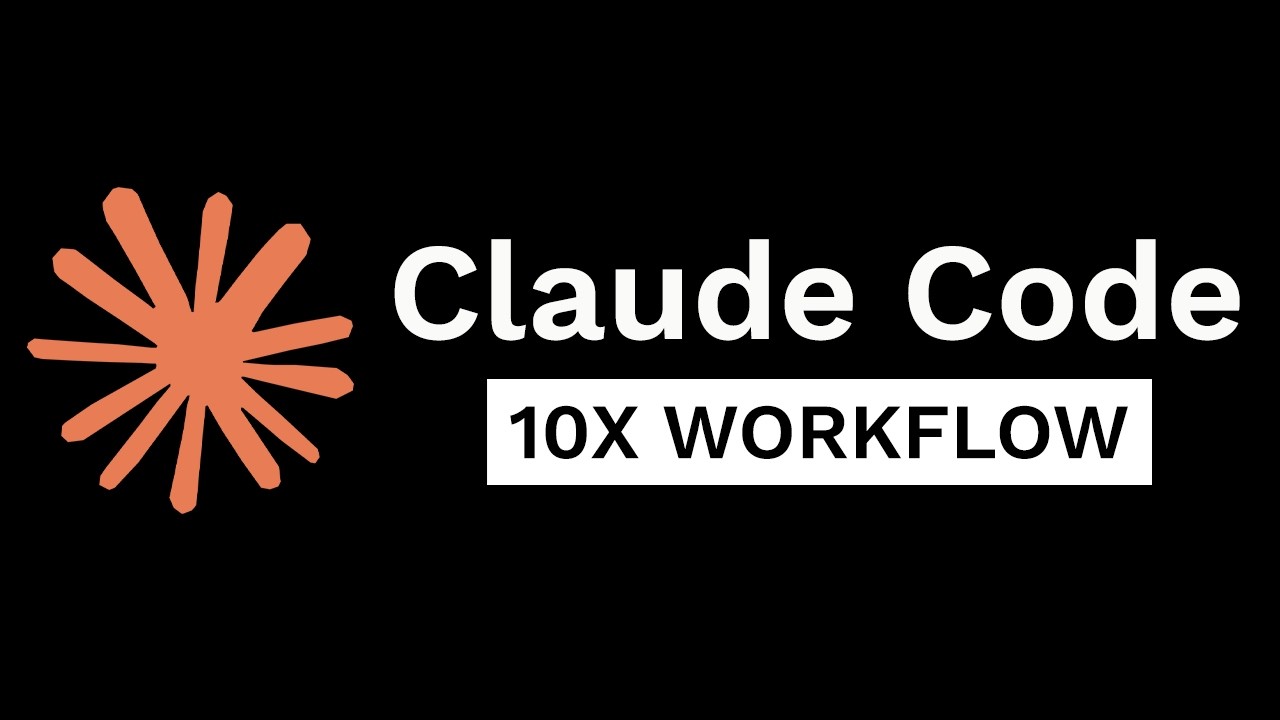The video showcases Cloth Code as a groundbreaking productivity tool for developers, offering advanced tips, seamless IDE integration, and powerful AI-assisted features like “Today’s Focus” to enhance focused, efficient coding workflows. It also provides in-depth tutorials on prompt engineering, debugging, and refactoring, emphasizing human-in-the-loop control and inviting viewers to further master Cloth Code through workshops and exclusive content.
The video presents Cloth Code as a revolutionary productivity tool for developers, surpassing even the impact of Cursor. The creator shares three powerful tips to maximize its use, including a hidden command to access chat history, downgrading to version 1.0.17 to avoid disruptive pop-ups, and disabling auto-updates to maintain this preferred version. These tips are largely unknown in the community, highlighting the creator’s deep exploration and mastery of Cloth Code. The video emphasizes how Cloth Code integrates seamlessly within the IDE, promoting focused, deep work by avoiding distractions common in asynchronous AI tools.
The core of the video revolves around enhancing a feature called “Today’s Focus,” designed to help users set clear daily priorities by combining AI suggestions with user input. The creator demonstrates how to polish this feature by fixing bugs, improving the UI/UX, and refining prompt engineering techniques. They stress the importance of human-in-the-loop productivity, where AI assists but the user retains control and context. The video also showcases how Cloth Code enables rapid iteration and testing directly within the development environment, contrasting it with slower models like GPT-3 that hinder quick UI tweaks.
A significant portion of the video is dedicated to advanced prompt engineering and workflow optimization. The creator explains how to interact with Cloth Code in plan mode for strategic thinking and in auto-accept mode for executing tasks efficiently. They reveal techniques such as using markdown files to document plans, compacting chat history to manage context windows, and consulting multiple AI models to validate decisions. This approach ensures minimal, clean code changes and continuous learning, which are crucial for maintaining high productivity and code quality.
The video also delves into a complex debugging and refactoring process involving backend and frontend components. The creator uses Cloth Code to rename confusing files, separate AI suggestion logic from auto-send message logic, and fix circular import errors that blocked deployment. They emphasize the importance of clear naming conventions, modular code structure, and thorough testing after each change. Throughout, the creator highlights how Cloth Code’s agent capabilities and integration with other AI models streamline these intricate development tasks, making large-scale refactors manageable.
In conclusion, the video is both a tutorial and a masterclass in using Cloth Code to its fullest potential. It combines practical coding demonstrations with strategic advice on AI-assisted development, version control, and UI/UX design. The creator invites viewers to deepen their skills through workshops and exclusive content, positioning Cloth Code as an indispensable tool for serious developers aiming to triple their productivity. The video ends with an open invitation for viewers to request an extended masterclass, reflecting the creator’s commitment to sharing hard-earned insights and fostering a community of high-performing AI-powered coders.
